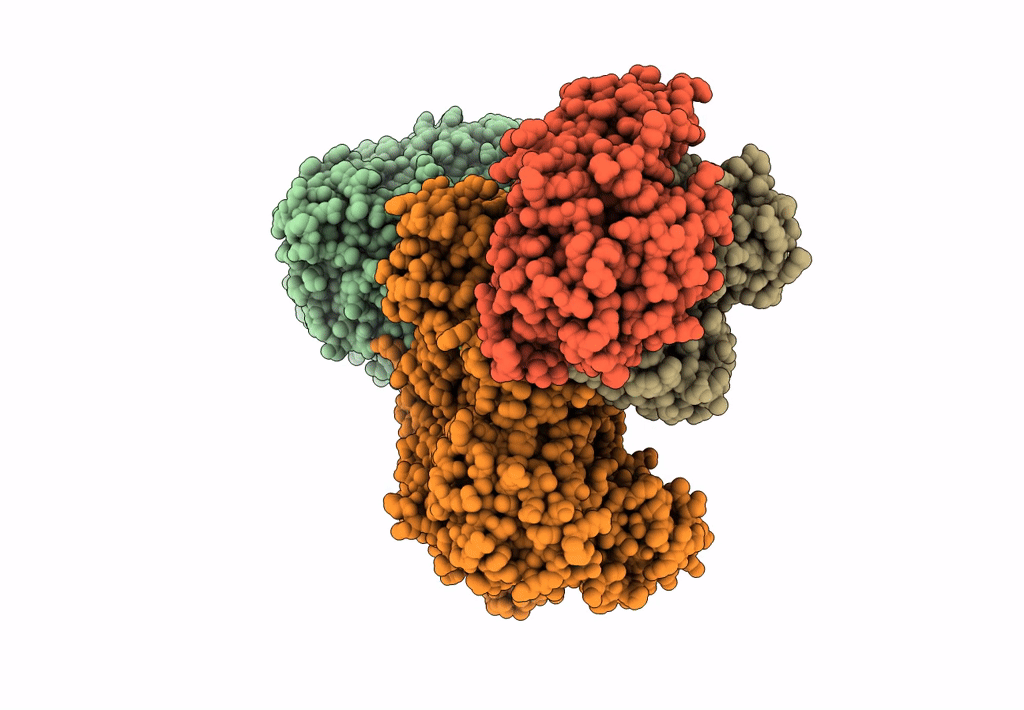
Deposition Date
2020-11-09
Release Date
2021-09-15
Last Version Date
2024-07-10
Entry Detail
PDB ID:
7AWT
Keywords:
Title:
E. coli NADH quinone oxidoreductase hydrophilic arm
Biological Source:
Source Organism:
Escherichia coli (Taxon ID: 562)
Host Organism:
Method Details:
Experimental Method:
Resolution:
2.73 Å
Aggregation State:
PARTICLE
Reconstruction Method:
SINGLE PARTICLE


